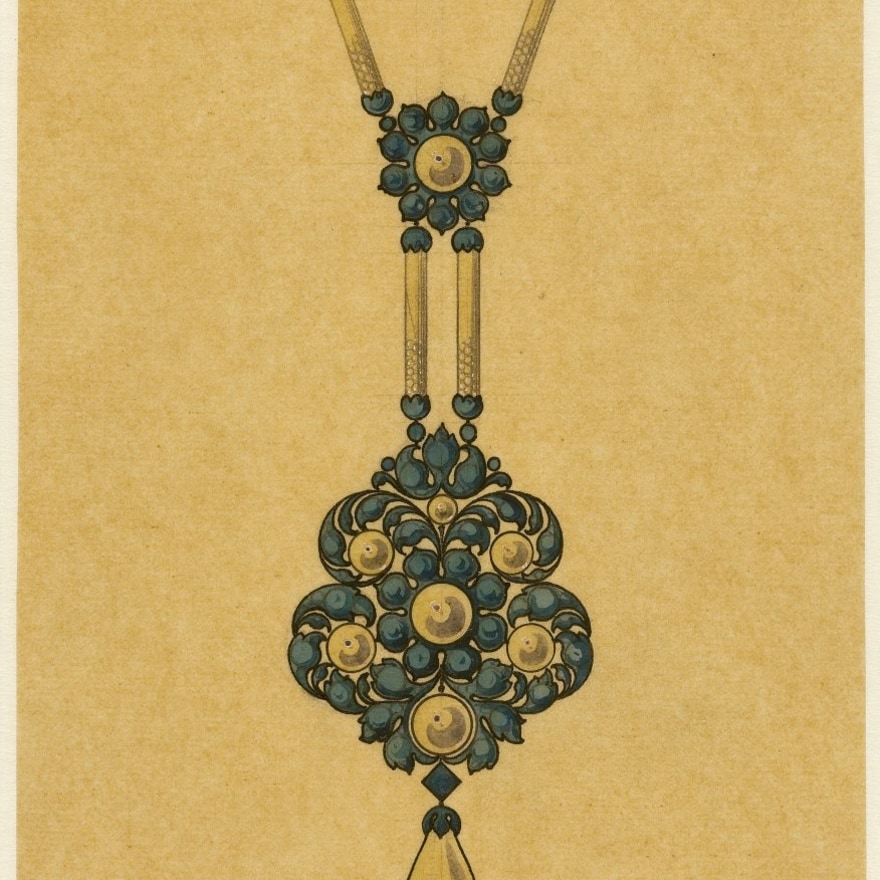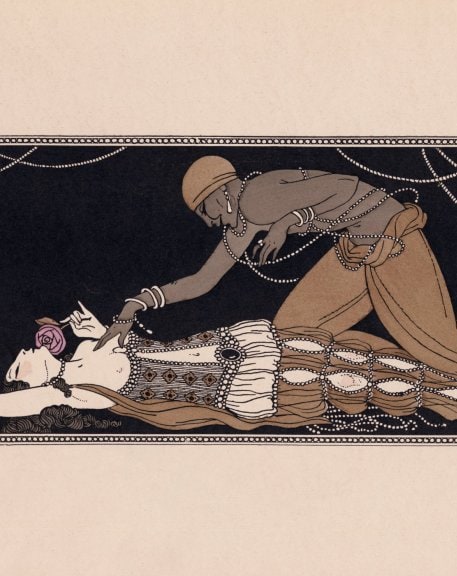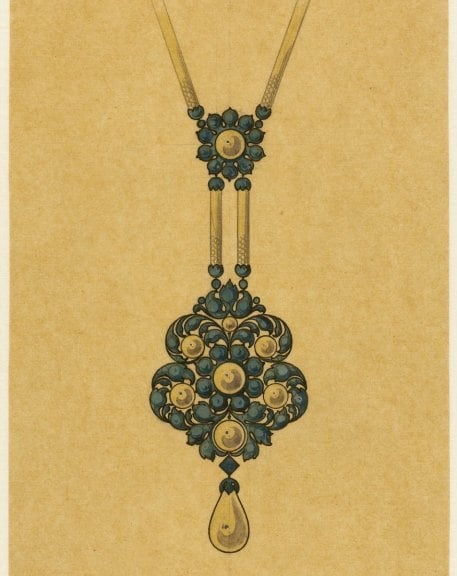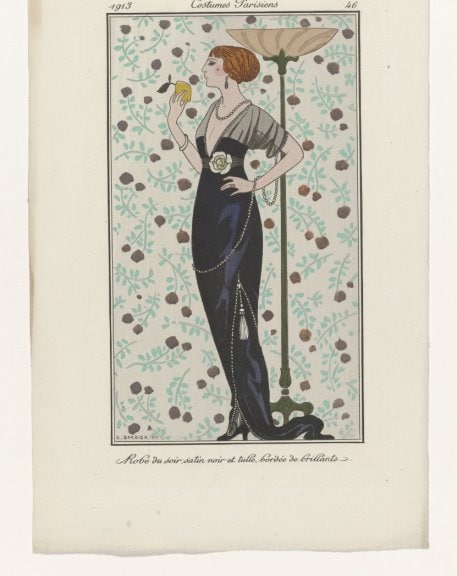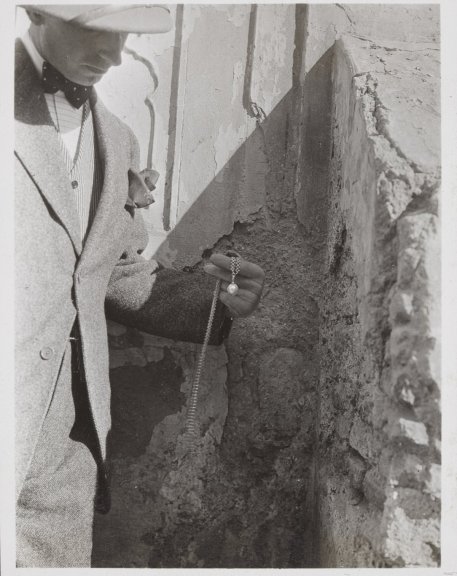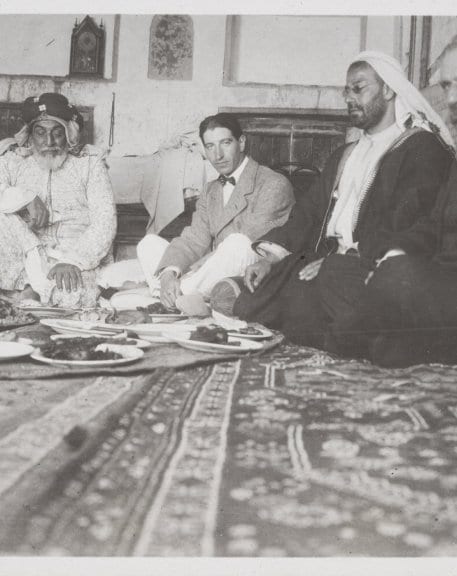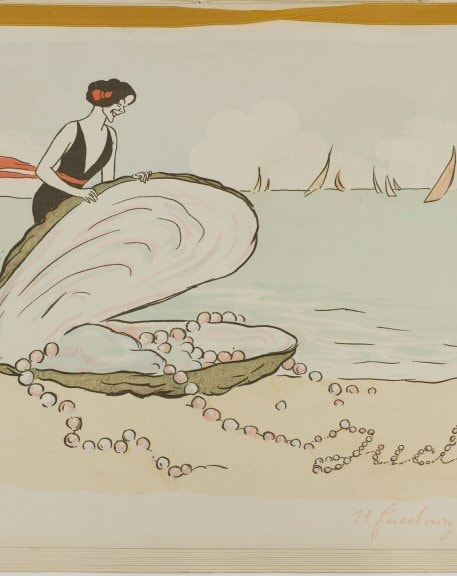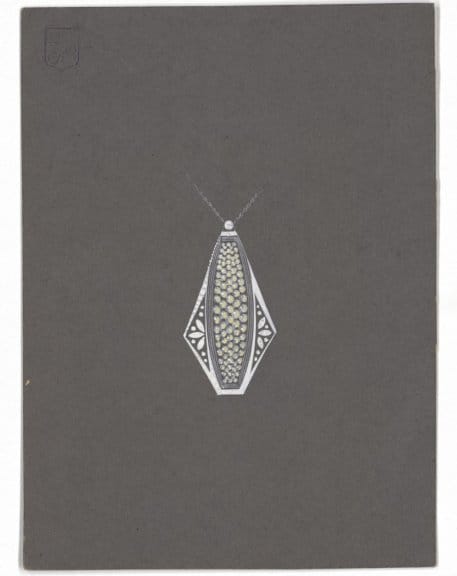But it is a period that begs to be studied in its own right, even if only to better appreciate the talents of a young group of Parisian dandies and artists who shared a passion for pearls, calling themselves the “Knights of the Bracelet.”
At the time, the Rosenthal brothers, who were among the very first Parisian pearl merchants to travel to Bahrain, reigned supreme in the region. But in 1912, when jeweler Jacques Cartier journeyed to the Gulf region, he was hailed as a veritable dignitary.
The value of pearls in France may have reached its highest point, but it was in the U.S. that the demand for pearls was strongest. In 1917, Pierre Cartier acquired his mansion on New York’s Fifth Avenue in exchange for a double-strand pearl necklace, of 65 and 73 pearls, respectively.
